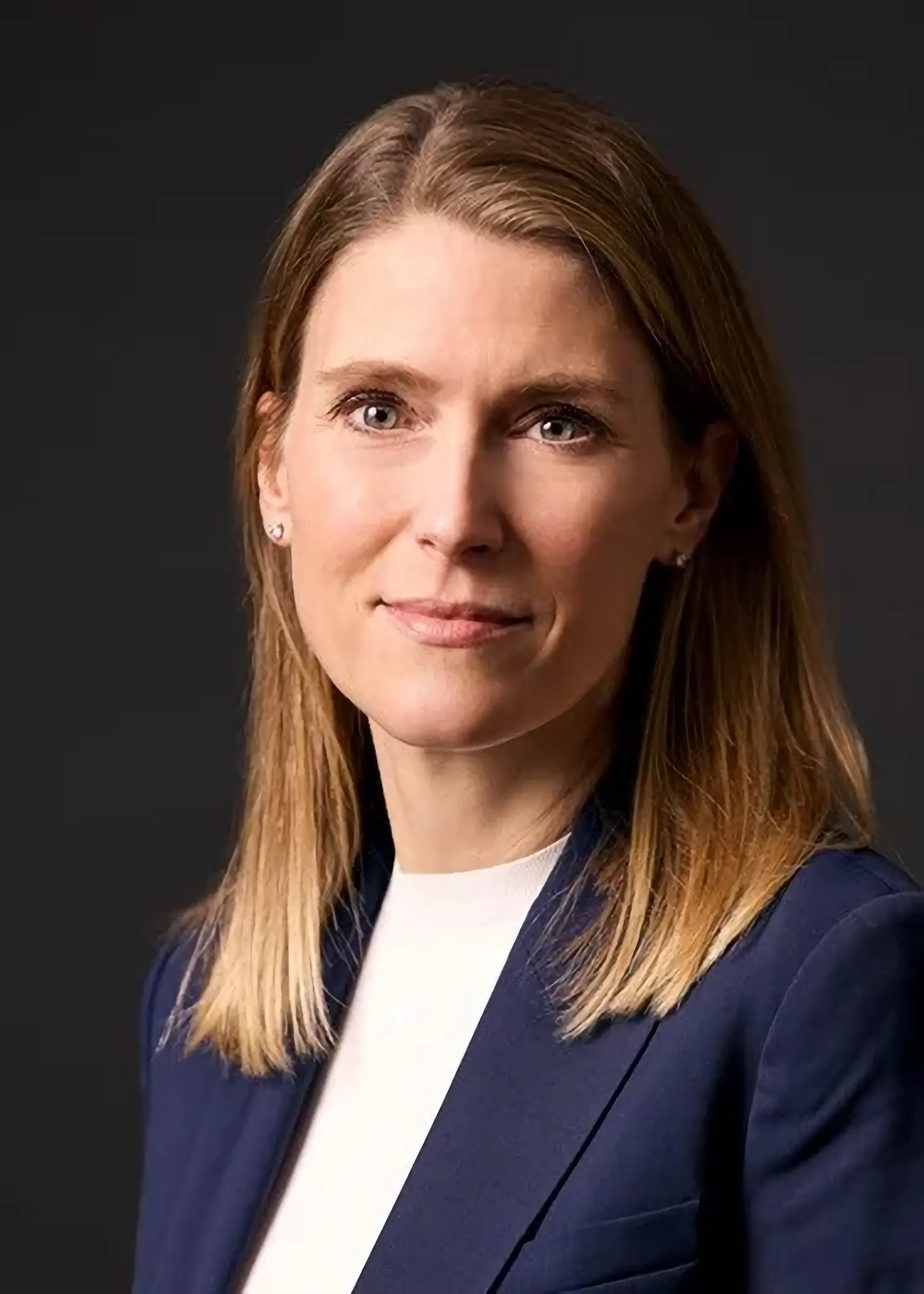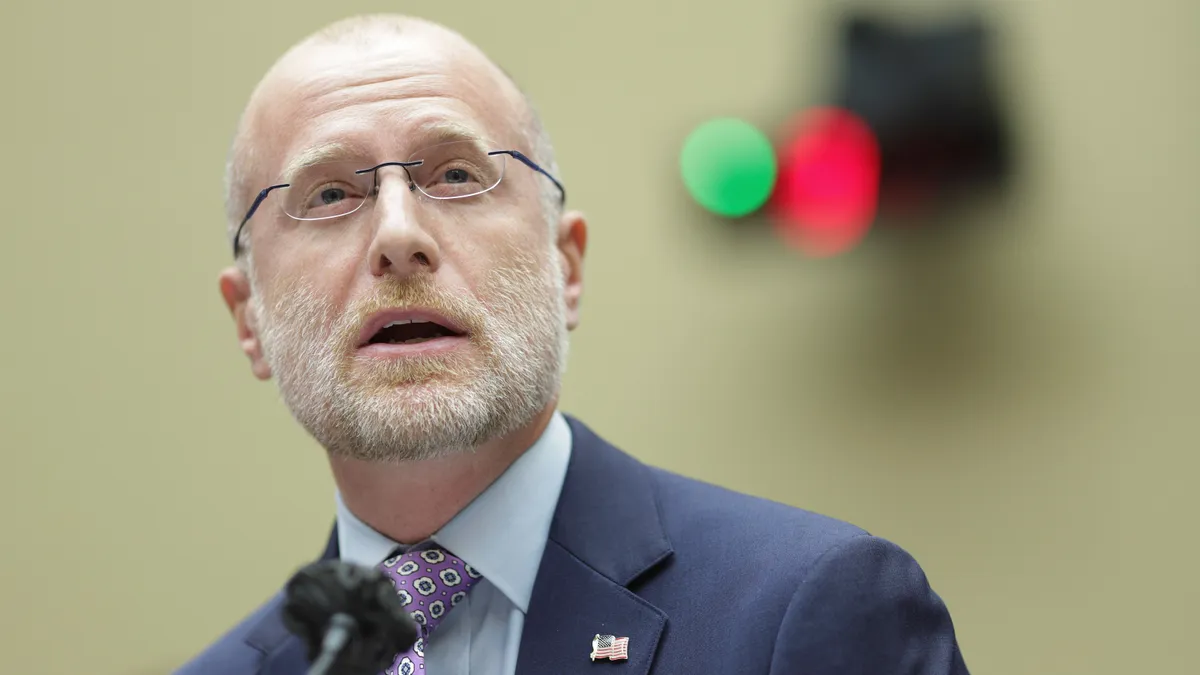The life sciences industry has been especially active during the COVID-19 pandemic, resulting in pharmaceutical and other companies in the sector needing increased legal support for a cascade of issues.
The sustained flurry of scientific and business developments has sparked Sidley Austin to plow ahead with efforts to significantly grow its global life sciences group, particularly on the transactional side.
Twenty of the 30 new partners who have joined the practice in the last three years focus on transactional work, and the group now features more than 200 lawyers across three continents.
“We have focused on the transactional side because we have always had this long standing crown jewel practice in regulatory, and we realized that our life sciences clients really wanted to do their transactions with one firm,” said Sharon Flanagan, a leader of Sidley’s global life sciences practice who also serves on the firm’s management and executive committees.
Transactional work
Sidley advises life sciences companies ranging from those in their early stages to some of the largest pharmaceutical companies in the world, so the firm assists clients with a wide array of transactions across the drug and device supply chain.
As one example, Sidley advised R-Bridge Healthcare Fund on a $40 million royalty-backed financing for Yisheng Biopharma, a China-based biopharmaceutical company. The transaction was the first royalty-backed financing in China’s biopharmaceutical industry, according to a Sidley press release issued in April.
Sidley also represented Huma Therapeutics, a global digital health technology company, on its acquisition of AstraZeneca’s chronic disease management platform, AMAZE™️. As part of the partnership, Huma and AstraZeneca will launch Software as a Medical Device (SaMD) companion apps targeted at several therapeutic areas.
Overall, Sidley saw its life sciences transactional work double from 2017 to 2021.

Flanagan said her team tells clients that they “can’t outgrow us,” a message that has resonated.
“Even the earliest stage companies, their vision is to one day be a large company with products on the market,” she said. “So they want to know that they are with a firm that won’t tap out, that can actually keep going with them as big as they can get.”
Lateral hires
More than 65 of Sidley’s life sciences attorneys focus on transactional work.
One of the lawyers who participated in the R-Bridge transaction was Asher Rubin, who joined Sidley last year after formerly serving as the global leader of Hogan Lovells’ life sciences industry group.
Sidley has also added partners from Cooley, including James Lu, whose move was announced earlier this month.
Flanagan said one major draw for transactional lawyers has been that Sidley has a strong regulatory bench in life sciences.
“We have been seeing more partners coming to us because they see that their clients want a full-service firm,” she said.
Regulatory heft
Even as Sidley has prioritized growing its transactional services for life sciences companies, the firm has continued to invest in its life sciences regulatory team, which consists of more than 80 lawyers.
Flanagan highlighted that the firm supports clients in implementing good manufacturing practices (GMP) that are designed to ensure products are produced and controlled according to quality standards.
The life sciences practice also has a team of lawyers, including those who used to work at the U.S. Food and Drug Administration (FDA), adept at helping clients remain in compliance with a wide array of FDA regulations.
One of the regulatory-focused partners who joined Sidley in recent years is Jim Johnson, the former associate chief counsel for enforcement in the FDA's Office of the Chief Counsel. He handled GMP enforcement while working at the federal agency.
“We view regulatory as the core of what we do, so it’s really important that we continue to invest and grow on the regulatory side,” Flanagan said.
Digital Health
The topic of digital health is another area where Sidley’s life sciences services are in high demand, including from both a regulatory and transactional perspective.
Flanagan said life sciences clients who are moving into the technology arena through the use of AI and technology clients moving into the healthcare world through wearables are examples of the types of companies seeking legal guidance about digital health.
She said Sidley’s life sciences attorneys can turn to colleagues in the firm’s technology industry group to assist with issues related to digital health that better align with their areas of expertise, such as data privacy.
Meanwhile, Sidley’s regulatory lawyers can provide guidance to clients as wearables and other mobile health tools will increasingly be used by regulators to collect real-world data for possible use as real-world evidence, according to a Sidley trendspotting article about digital health.
“Digital health was already growing, but COVID is really an accelerant to the growth,” Flanagan said.
That’s another reason why she said Sidley plans to continue to grow its life sciences practice, which generated $700 million in revenue last year.



















